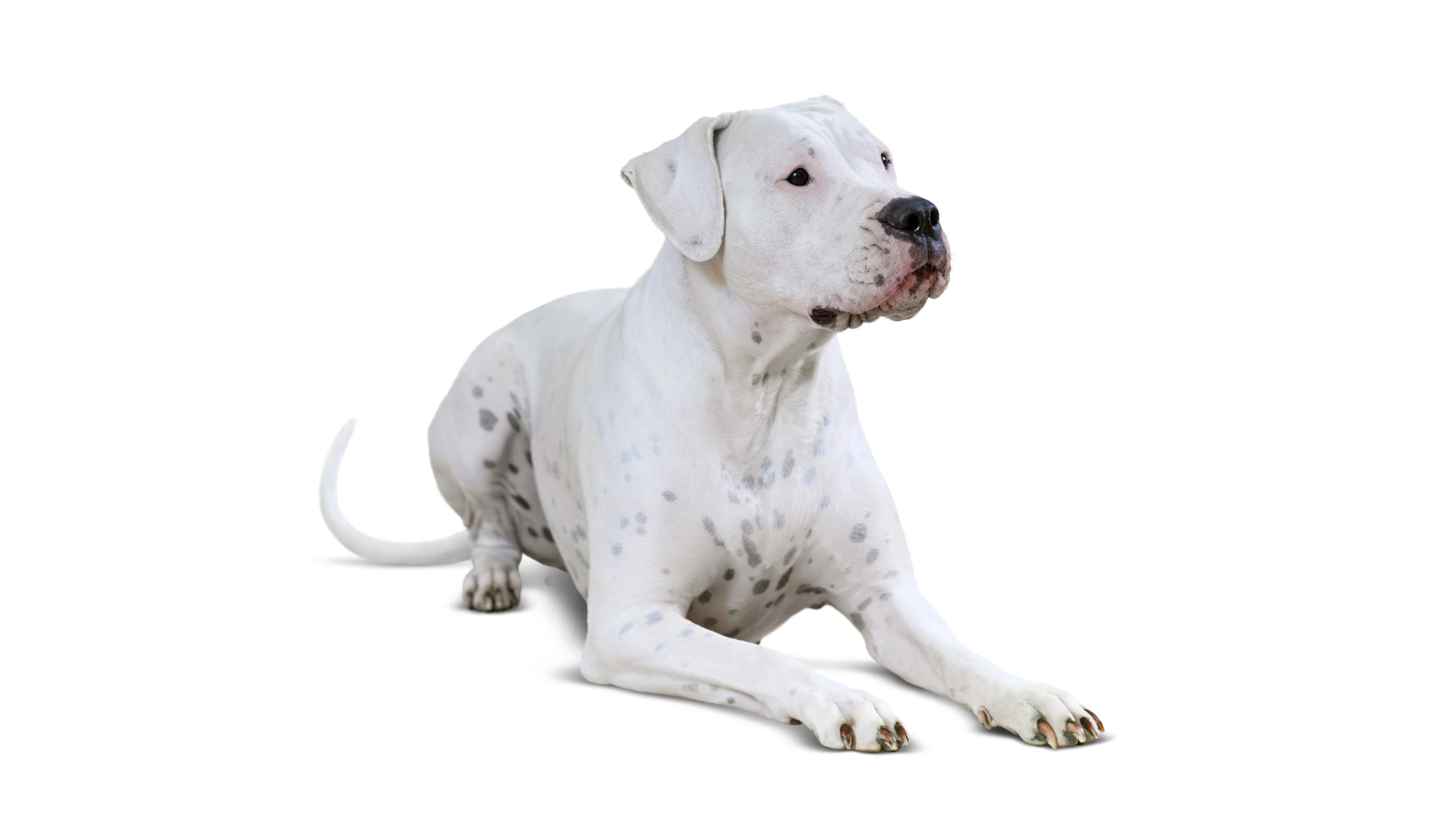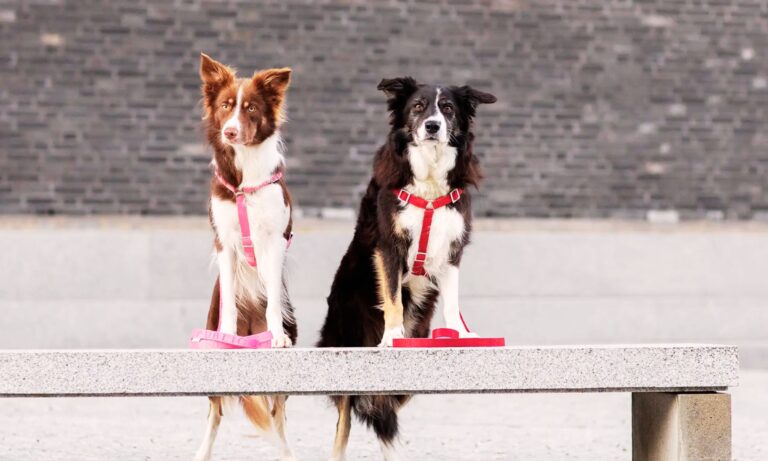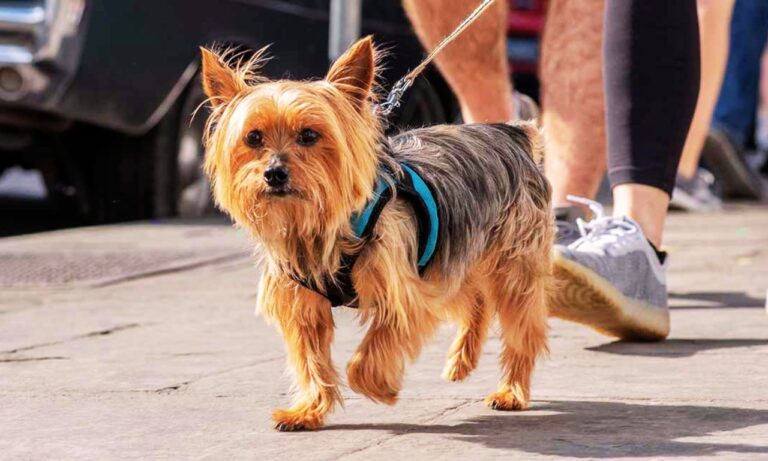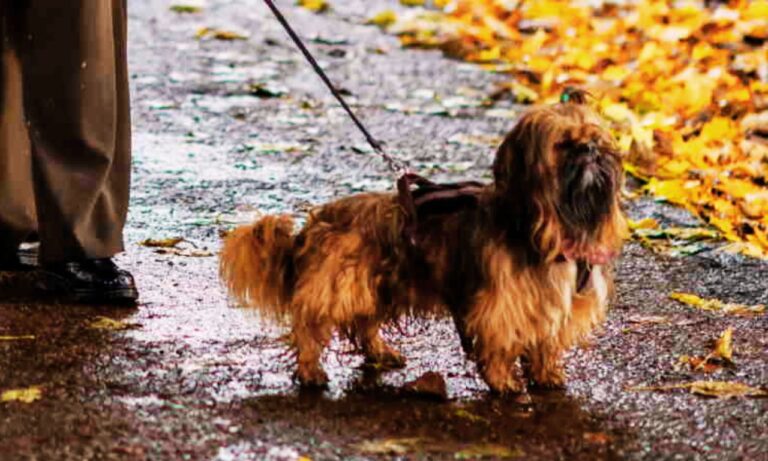The Dogo Argentino often walks into a room with a reputation—strong, muscular, intensely loyal. Some see the breed as intimidating due to its imposing build, while others champion it as a loving, fiercely devoted family companion. But here’s the real question: Are Dogo Argentino friendly?
To answer this properly, we need to break down what “friendly” really means. Is it friendliness toward people, children, other animals, or strangers? Is it about behavior at home versus behavior in public? And most importantly, what makes the Dogo Argentino act the way it does?
When my friend adopted a Dogo Argentino named Luca, I was both impressed and slightly cautious. At 10 months, Luca already weighed 38 kg and had a gaze that felt like it could see right through you. But within two weeks, I saw him sleeping with his head on a toddler’s lap and gently taking treats from his 5-year-old owner. That changed everything I thought I knew about the breed.
For guidance on choosing the right collar size for an Airedale puppy, check out this detailed guide.
Blog Highlights
ToggleThe Origins Explain a Lot
To understand a Dogo Argentino’s personality, you need to start at the beginning. The breed was developed in Argentina in the 1920s by Dr. Antonio Nores Martínez. His goal was to create a dog that could hunt big game like wild boars and pumas—but also be loyal and gentle with its family.
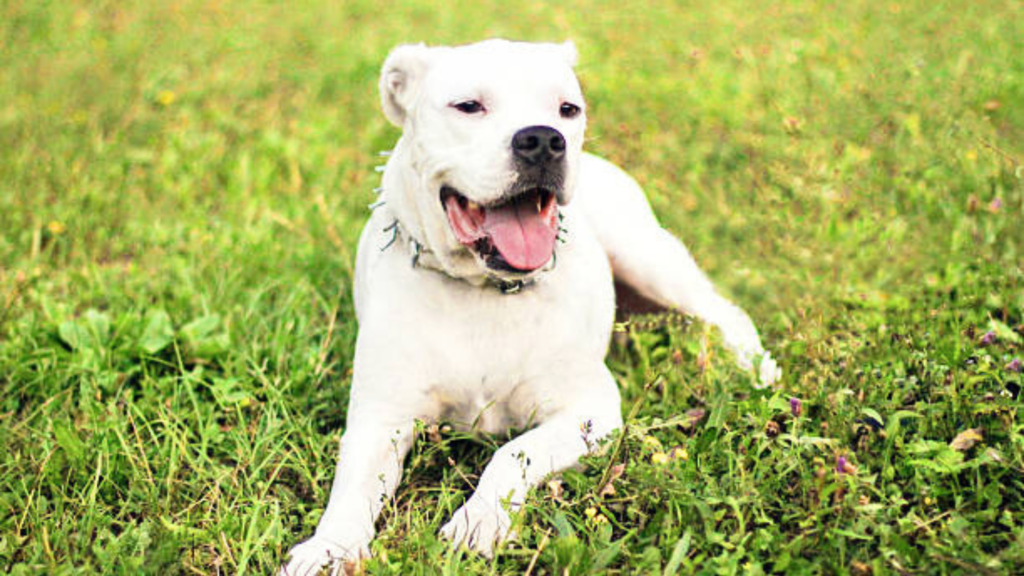
He succeeded.
Dogo Argentinos were bred from a mix of the now-extinct Cordoba Fighting Dog, Pointer, Boxer, Great Dane, Bulldog, Irish Wolfhound, and Pyrenean Mastiff. The goal was to create a powerful yet stable and social guardian. This carefully selected lineage made the Dogo strong but also trainable and intelligent.
So while they may look fierce, they were never intended to be aggressive toward humans—only bold in the face of danger. For insights on whether Airedales are good off-leash, explore this comprehensive article.
Friendly Toward Humans? Yes—With the Right Bond
One of the most misunderstood things about Dogos is their behavior with humans. Despite their tough exterior, these dogs are naturally affectionate and loving with the people they trust.
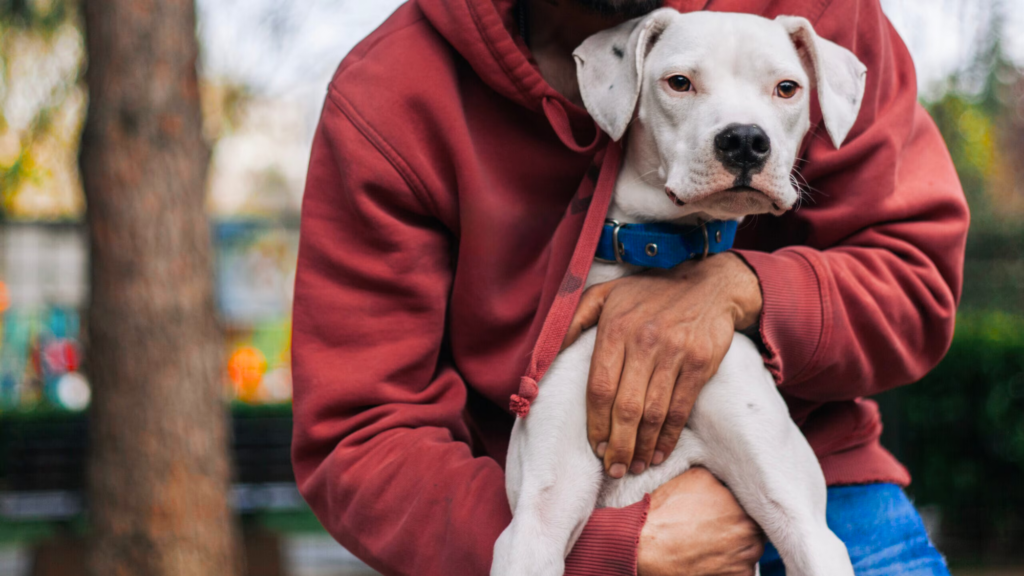
By the age of 4 months, most Dogo Argentinos are already showing strong loyalty to their primary caregiver. Luca would sit under my friend’s desk all day while she worked from home. If she left the room, he would quietly follow. By 6 months, he was offering his paw for attention and curling up next to her 8-year-old daughter every evening.
Temperament Score
The American Temperament Test Society (ATTS) gives the Dogo Argentino a passing rate of 86.7%, placing it above the average for many other breeds—higher than the Golden Retriever (85.6%) and Border Collie (82.4%).
That means with the proper upbringing, a Dogo is more than capable of being calm, friendly, and well-mannered with people. But this doesn’t happen by accident. Early exposure and structure are essential. Discover the benefits of using a harness by reading this guide on should a Collie wear a harness.
Are They Friendly With Strangers?
This is where things get nuanced.
Dogo Argentinos are naturally wary of strangers, and that’s not a flaw—it’s a feature. They were bred to be guardians. They will not jump up to greet a new visitor the way a Labrador might. Instead, they observe first. They might stand close to their owner, assess the energy in the room, and decide on their own if someone can be trusted.
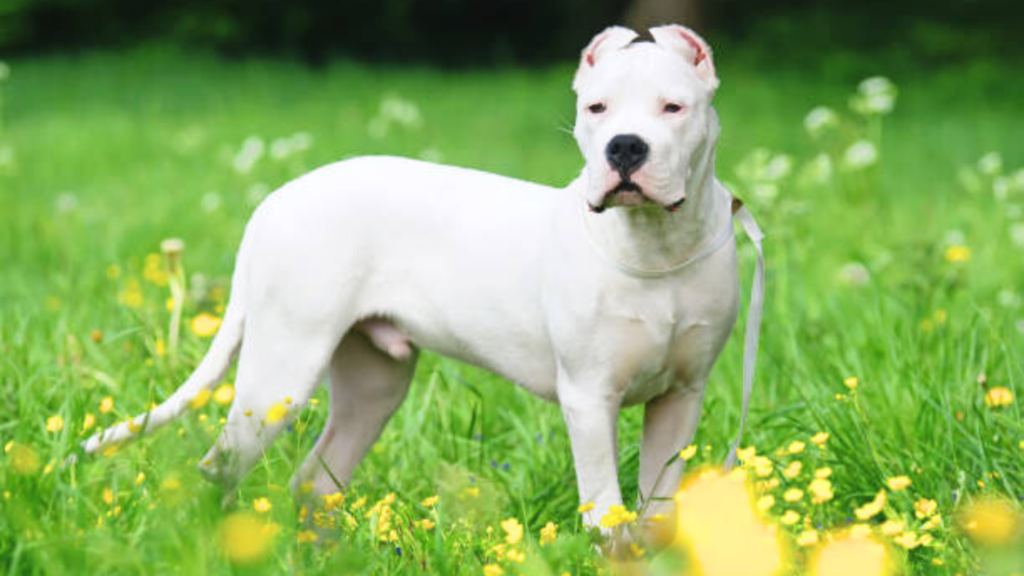
With proper socialization, Dogos learn to accept strangers calmly. Without it, they can become territorial or anxious around new people.
When Luca was 1 year old, he would sit beside my friend when someone came to the door. If the visitor had calm energy and my friend welcomed them in, he’d relax. But if someone made sudden movements or raised their voice, he’d step between them. That’s not aggression—it’s protectiveness.
Dogos and Children: A Surprising Softness
If you’re wondering whether Dogo Argentinos are good with kids, the answer is a surprising yes—often extremely good.
Children offer structure, routine, affection, and lots of treats. Dogos seem to understand this dynamic well. They are patient, gentle, and often extremely attached to the smallest members of the household. However, supervision is crucial with such a strong breed.
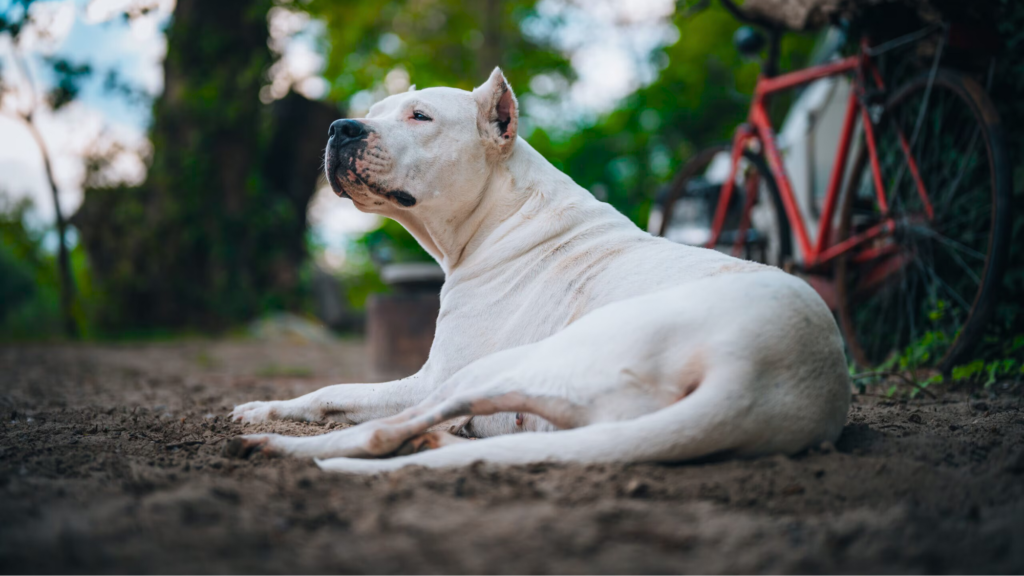
By the time Luca turned 2, he was 45 kg and towered over the toddler he adored. But he would walk slowly next to her, lie down if she tripped, and never jumped or played too rough. He somehow knew to soften his energy.
That’s the magic of a well-socialized Dogo—they become your child’s bodyguard and best friend rolled into one. Learn if Dachshunds need special collars to provide the right support and comfort for their unique body shape.
How About Other Dogs?
This is where the Dogo Argentino’s prey drive and dominant personality must be respected.
Unlike Golden Retrievers or Collies, Dogos weren’t bred to work in packs or herd animals. They were built for one-on-one focus during hunts. This doesn’t mean they can’t live with other dogs, but it means they must be introduced carefully, and preferably grow up with their dog companions from a young age.
Luca had a housemate, a female Husky named Rina. Since they were raised together from puppyhood, they had no issues. They played, shared toys, and even ate side by side. But if a new male dog entered the house unannounced, Luca would instantly become alert, and territorial behaviors might arise.
Neutering can reduce hormone-driven dominance, but it won’t erase instinct. A Dogo must be socialized consistently to behave well in dog parks or new environments. Discover what size collar is best for a French Bulldog puppy to ensure both safety and comfort during their growing stages.
Are Dogo Argentino Friendly to Cats?
With cats, the answer is mixed. Some Dogos can be trained to live peacefully with cats—especially if raised together. But many still retain a strong prey drive, which means fast movements (like a cat darting) can trigger instinctual chasing.
If you’re introducing a Dogo to a cat, do it slowly, with supervision and lots of positive reinforcement. Never leave them alone together at the beginning. Some Dogos do fine; others may always need separation.
Training Makes the Difference Between “Friendly” and “Frustrated”
Dogos are highly trainable—but they need firm, consistent leadership from the beginning.
Without boundaries, this intelligent breed becomes frustrated. And frustration can lead to behaviors that people mislabel as “unfriendly,” like barking, jumping, leash-pulling, or guarding the house too intensely.
By 6 months, Luca knew basic commands in both English and Spanish. Sit, stay, down, and “quiet” were non-negotiables. That gave him structure. He wasn’t confused about his place in the family.
Training isn’t about dominance—it’s about communication. A Dogo that understands expectations is often remarkably well-behaved and eager to please. Explore the best dog collars for French Bulldogs to keep them comfortable while ensuring durability and style.
Real-Life Example: Dogos in Therapy Work?
Yes, really.
There are certified therapy Dogo Argentinos working in hospitals, schools, and veteran centers. Their calm demeanor, physical stability, and affectionate bond with handlers make them excellent emotional support dogs.
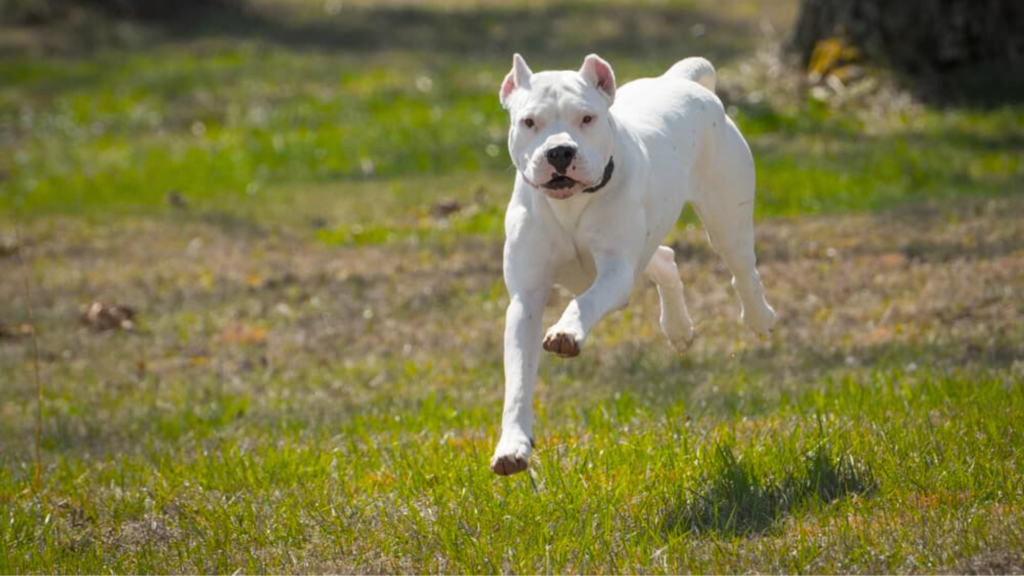
One example is a Dogo named Ghost who works with PTSD patients. His size gives patients a sense of safety, and his gentle nature helps them feel at ease. He was raised from 8 weeks in a training program and passed all temperament evaluations by 18 months.
So yes, even this powerful breed can have a nurturing, deeply emotional side.
Key Stats That Prove the Point
Here’s a quick glance at numbers that reflect Dogo Argentino temperament and friendliness:
| Category | Stat / Range |
| Temperament Test Pass Rate (ATTS) | 86.7% |
| Height (Male/Female) | 24–27 inches / 23–26 inches |
| Weight (Male/Female) | 40–45 kg / 35–40 kg |
| Prey Drive | Moderate to High (requires training) |
| Aggression Risk with Humans | Low (if socialized) |
| Child Compatibility | High (with supervision) |
| Stranger Wary Behavior | Moderate (varies by socialization) |
Final Verdict: Are Dogo Argentino Friendly?
Yes—exceptionally so, under the right conditions.
The Dogo Argentino is not a “naturally aggressive” breed. It is a loyal, emotionally intelligent, protective, and affectionate dog with a deep connection to its human family. Hope so, now you know the answer: are dogo argentino friendly?
However, friendliness doesn’t happen by default. It takes socialization, structure, and consistent training to bring out the best in this breed. A Dogo that’s raised right will become one of the most loving, trustworthy dogs you’ll ever know—especially with children and close family.
So if you’re ready to commit to leadership and provide a stable home, the Dogo Argentino will give you unbreakable loyalty and the kind of friendship that lasts a lifetime. Find the best dog collars for Dachshunds that accommodate their long bodies and prevent strain on their necks.

